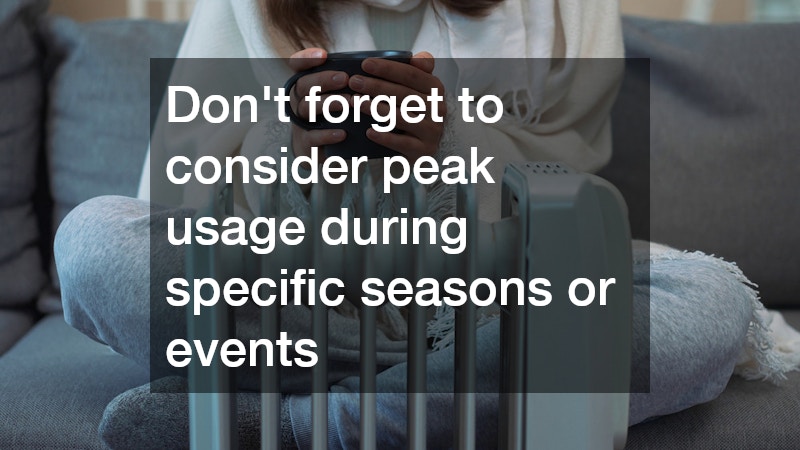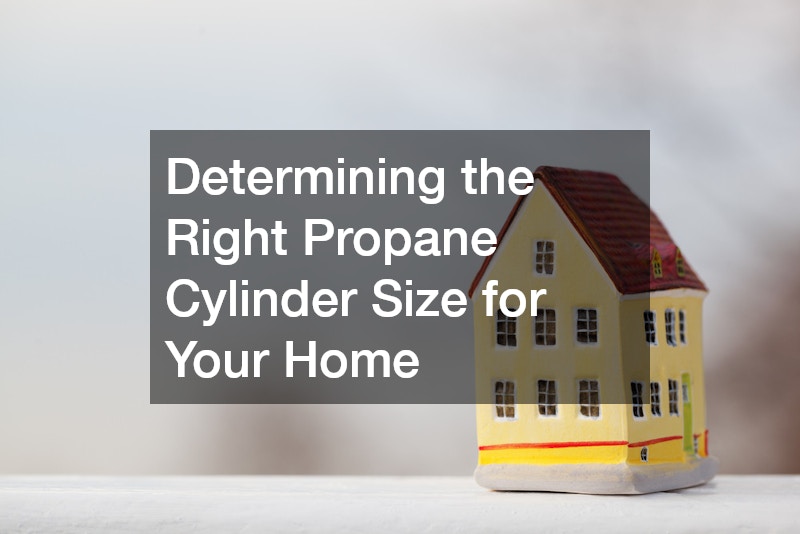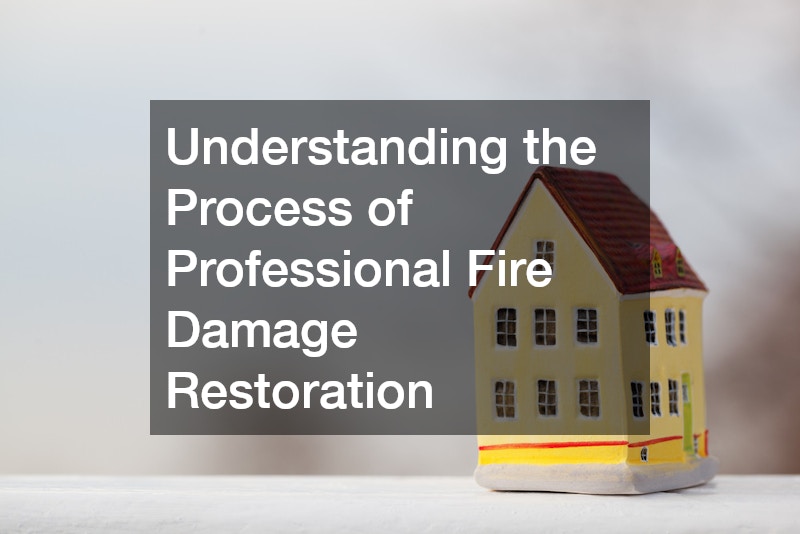Learn how to determine the proper propane cylinder size for your home. Understanding your propane needs, usage, and safety is crucial for efficient energy management.
Common Propane Cylinder Sizes
Propane cylinders come in various sizes to meet different needs, with the most common being the 20 lb, 30 lb, and 40 lb tanks. The 20 lb tank is popular for grilling and outdoor heaters, often providing ample fuel for multiple uses.
Meanwhile, the 30 lb and 40 lb tanks are usually used for larger appliances like RVs, space heaters, and whole-home heating systems.
Each propane cylinder size serves specific applications, which can influence your choice. For instance, if you are an occasional user, a smaller 20 lb tank may suffice. However, consistent users, such as those who rely on propane for heating, may find that larger tanks better suit their lifestyle and consumption needs.
In addition, some propane service providers have minimum fill requirements that can impact your choice. Understanding which size fits your routine and demands can help avoid frequent trips for refills. Understanding the capacities and specific applications associated with each size will help you make an informed decision.
Home Propane Usage
Calculating your home’s propane usage begins with listing all propane appliances and their BTU (British Thermal Unit) ratings. This information allows homeowners to estimate consumption accurately according to the appliance’s efficiency. Knowing how often you use these appliances will further refine your estimates, giving a clearer picture of fuel requirements.
To determine your total propane usage, multiply the BTU rating of each appliance by the expected hours of use. Summing these figures delivers an overall consumption rate, which is vital in selecting the right cylinder size. Home heating can significantly ramp up usage, particularly in colder climates, necessitating a larger cylinder or more frequent refills in winter.
Don’t forget to consider peak usage during specific seasons or events, which can skew average consumption figures. Also, consider including potential additional appliances or future needs that could arise. Evaluating your current knowledge and practices surrounding propane usage will guide your choice of cylinder size more effectively.
Factors to Consider
Several factors should influence your decision about propane cylinder size, with the size of your home being a primary consideration. Larger homes typically require additional energy for heating and appliance operation, while smaller homes may achieve sufficient energy support from smaller cylinders. Thus, the overall energy demand directly affects the cylinder size you may need.
Climate is another crucial factor, as colder regions will drive up propane demand due to heating needs. Additionally, the number of propane-powered appliances in your home will affect your consumption rate significantly. Homes equipped with several propane appliances should consider larger tanks for uninterrupted operation, reducing the frequency of refueling.
Lastly, analyze the frequency of your propane use. If you use propane daily for heating or cooking, a larger cylinder will ensure you have enough fuel readily available. Taking into account these various elements will help you make an informed choice that best serves your household and lifestyle.
Flexible Propane Options
Using multiple smaller propane cylinders can be a viable option, particularly for those who may require more flexibility or have limited storage space. This can provide a benefit in terms of portability, making it easy to move cylinders for various activities or outdoor settings. Additionally, smaller cylinders can reduce maintenance responsibilities associated with larger tanks.
However, it’s essential to consider practicality. While multiple smaller cylinders offer flexibility, they require you to manage several tanks regarding refills and storage. This could lead to situations where one or more cylinders may run out at inconvenient times if not monitored diligently. Managing multiple cylinders can also complicate any safety protocols needed for storage.
In contrast, a single larger cylinder streamlines processes, offering a more consistent supply of propane and less frequent refilling issues. Ultimately, determining the best choice will depend on your unique situation and which solution aligns best with your usage patterns and needs.
Propane Storage Safety Considerations
When storing propane cylinders, adhering to safety guidelines is non-negotiable to prevent potential hazards. Always store cylinders outdoors in a well-ventilated area, away from direct sunlight and high heat sources. This location helps to prevent pressure buildup and possible leaks that can arise from excessive heat exposure. It’s critical to keep cylinders upright, securely closed, and appropriate distance from flammable materials.
Temperature control is paramount, with a recommended storage temperature for propane cylinders set between 30°F and 120°F. Keeping cylinders excessively hot or cold can affect the integrity of the tank, raising safety issues. Understanding the climate in your area will help inform your storage decisions.
Regularly inspecting your propane cylinders for signs of wear, rust, or leaks is vital. Any identified issues should be addressed immediately to maintain a safe environment. Following these safety protocols will not only protect your home but also ensure a safe and enjoyable experience using propane-powered appliances.
Choosing the right propane cylinder size is essential for efficiency and safety in your home. By considering your usage patterns and following safety guidelines, you can make an informed decision. Proper propane management will contribute to both energy efficiency and the overall well-being of your household.



